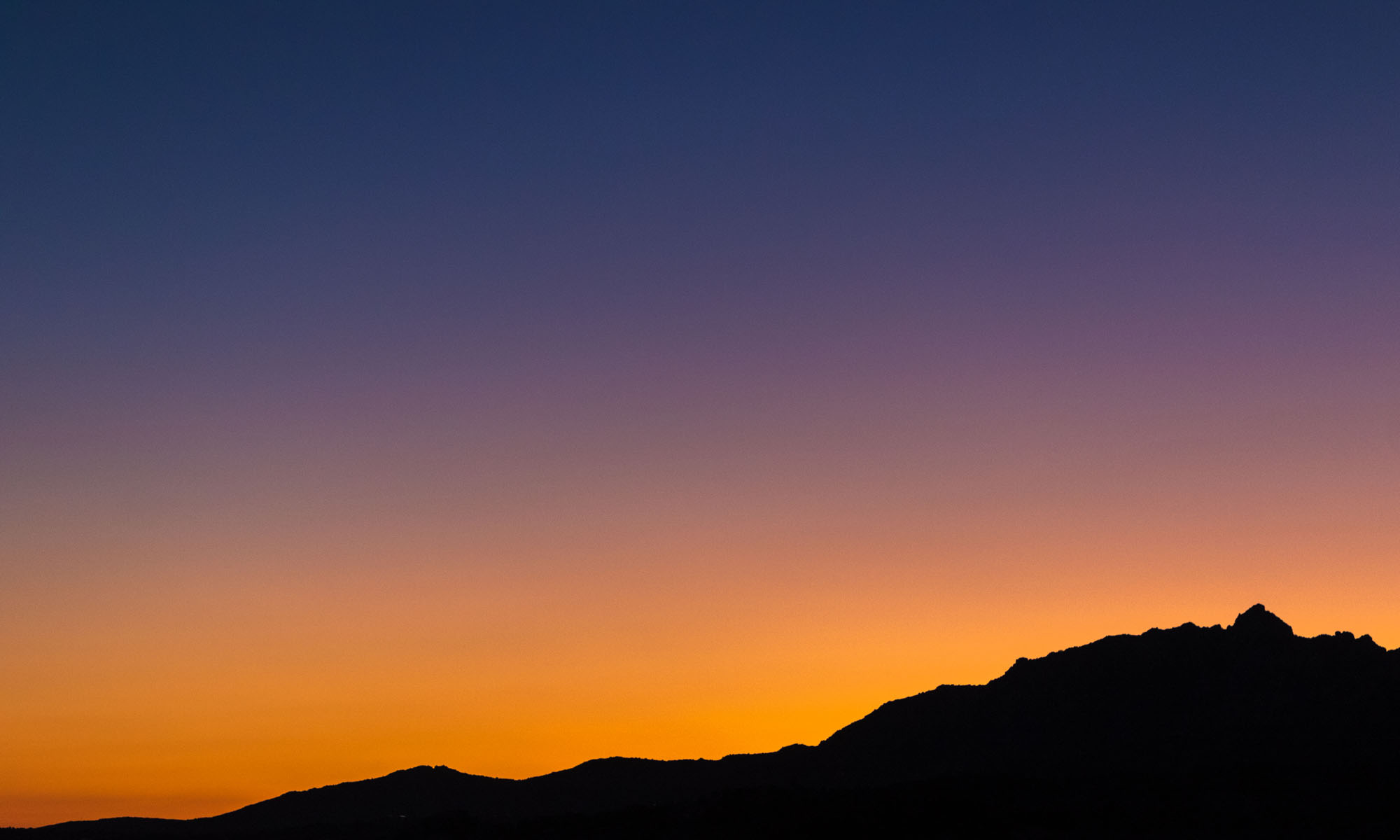Back in the days of film photography, it was common to see photographers carrying a wide variety of filters in their camera bag. These days, I often find photographers who don’t carry any filters at all. And one of the most common questions I hear from photographers about photo gear is which filters they are supposed to buy.
In my mind, there are really only a couple of filters that most photographers should probably carry in their bag. Of course, whether this is true depends on the type of photography you do. But the list of filters that I don’t really think you need is much longer than the list of filters I should most photographers could put to use.
Solid Neutral Density Filter
 The first filter I think most photographers would enjoy putting to use is a solid neutral density (ND) filter. This is something like sunglasses for your lens, reducing the amount of light that passes through the lens without altering the color of the scene.
The first filter I think most photographers would enjoy putting to use is a solid neutral density (ND) filter. This is something like sunglasses for your lens, reducing the amount of light that passes through the lens without altering the color of the scene.
A solid neutral density filter enables you to achieve longer exposure durations than would otherwise be possible. Even at a minimum ISO setting, and with the lens aperture stopped down completely, you might not be able to achieve a slow enough shutter speed to render blurred motion in the scene.
To really have tremendous flexibility for long exposures, I prefer to use a ten-stop neutral density filter. With such a filter, I’ve been able to capture 30-second exposures even in full sunlight.
I have been using a ten-stop filter from B+W, with excellent results. You can find this particular filter here:
B+W 10-Stop Neutral Density Filter:
https://amzn.to/2BtGJRy
Of course, in some cases a ten-stop neutral density filter results in an exposure that is longer than you’d like. In some cases you might simply be able to open up the lens aperture or increase the ISO setting in order to get an exposure of a shorter duration. However, you may want to also carry a neutral density filter with a lower density rating, such as a six-stop filter.
One option I’ve used with great success is the six-stop filter from Breakthrough Photography, which you can find here:
Breakthrough Photography 6-Stop Neutral Density Filter:
https://amzn.to/2OXpknO
Note, by the way, that for most photographers I don’t consider a graduated neutral density filter to be critical. In situations where I might otherwise use a graduated neutral density filter–such as to prevent a sky from getting blown out–I will instead capture a series of bracketed exposures. Later in my workflow I can then assemble those captures into a high dynamic range (HDR) image, using software such as Aurora HDR 2019.
Circular Polarizer Filter
 In addition to a solid neutral density filter, I recommend that most photographers consider carrying a circular polarizer filter.
In addition to a solid neutral density filter, I recommend that most photographers consider carrying a circular polarizer filter.
In my experience most photographers think of a circular polarizer as a filter for making a cloudy sky look more dramatic. In addition, a circular polarizer can help cut back on reflections, enhance color saturation in many situations, and even enable you to “magically” see through the surface of water.
A circular polarizer filter can be rotated to adjust the effect, from minimum to maximum polarization. I’ve been very happy with the results I’ve gotten with the circular polarizer filter from B+W, which you can find here:
B+W Circular Polarizer Filter:
https://amzn.to/2TEwLnB

